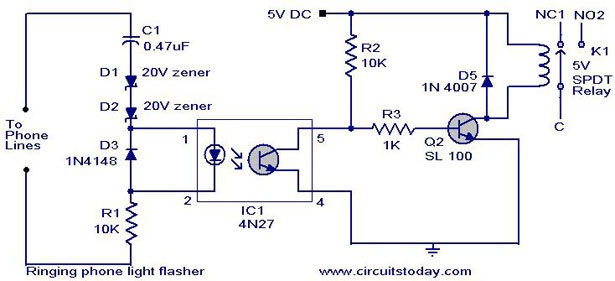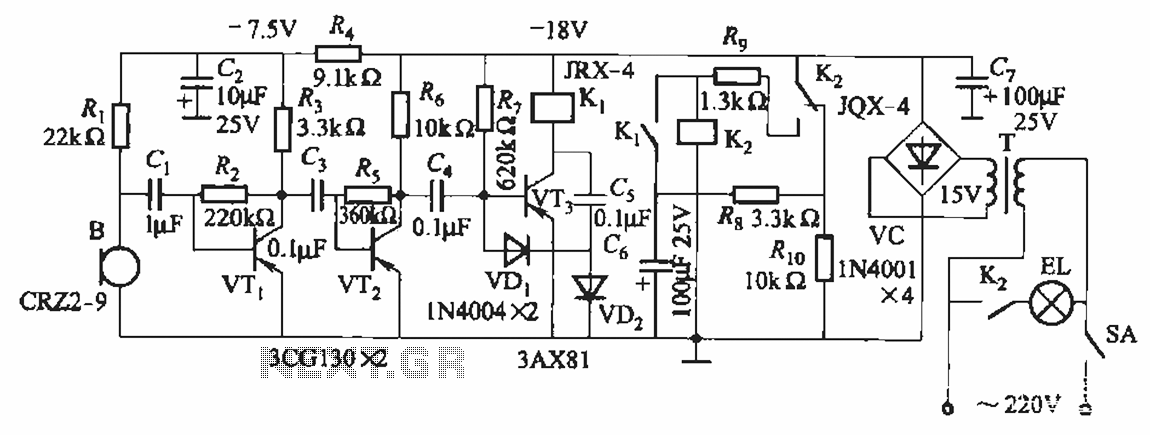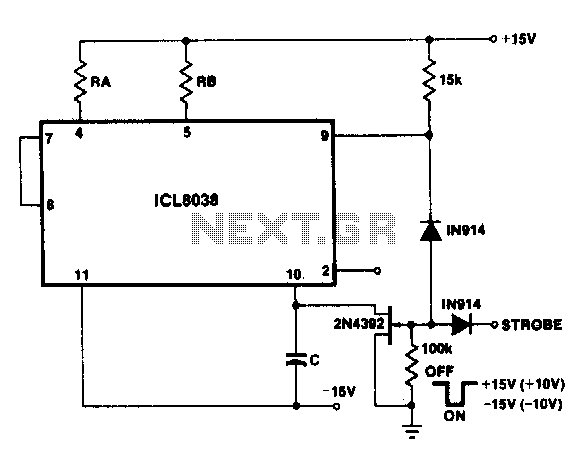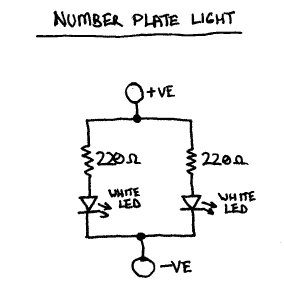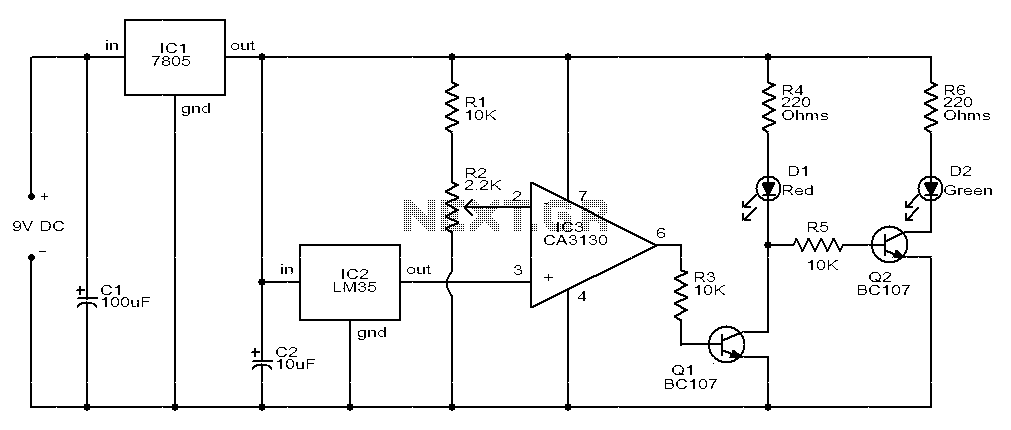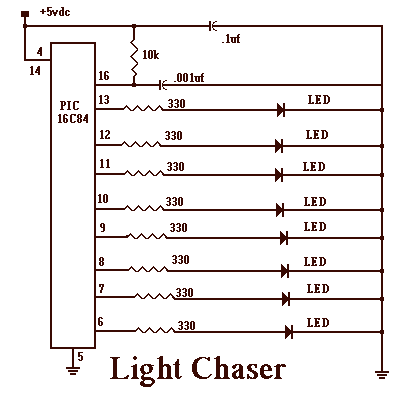
Strobe light 115 AC

The way that this circuit works is as follows. The AC line voltage is rectified by D1 and D2 which connects to a voltage doubler circuit made up of the two 22uf capacitors. The Flash Freq. Pot and the 10uf capacitor charge up which triggers the Diac and causes the triac to turn on. This allows the trigger transformer T1 to send a very High Voltage to the flash tube and lighting it. The flash timing is adjusted by the flash freq. pot.
The circuit operates by first rectifying the incoming AC line voltage using diodes D1 and D2. These diodes are arranged in a full-wave configuration to ensure that both halves of the AC waveform contribute to the output voltage. The rectified voltage is then fed into a voltage doubler circuit, which consists of two 22µF capacitors. This configuration effectively doubles the peak voltage available to the circuit, providing a higher voltage for subsequent components.
The flash frequency potentiometer (Flash Freq. Pot) and a 10µF capacitor are connected in a manner that allows them to form a timing circuit. As the capacitor charges through the potentiometer, it reaches a threshold voltage that triggers a DIAC. The DIAC, once triggered, allows current to flow through it, which then activates the TRIAC. The TRIAC is a semiconductor device that can conduct current in both directions when triggered, allowing it to control power to the load, in this case, the flash tube.
The trigger transformer (T1) is utilized to step up the voltage to a very high level suitable for igniting the flash tube. When the TRIAC is activated, it enables the trigger transformer to deliver this high voltage pulse to the flash tube, causing it to emit a bright flash of light. The timing of the flash, which is influenced by the charge time of the 10µF capacitor and the resistance set by the Flash Freq. Pot, can be adjusted to achieve the desired flash duration. This allows for flexibility in applications such as photography or other lighting effects where precise timing is essential.
Overall, the circuit effectively combines rectification, voltage doubling, timing control, and high-voltage triggering to create a reliable flash circuit suitable for various applications.The way that this circuit works is as follows. The AC line voltage is rectified by D1 and D2 which connects to a voltage doubler circuit made up of the two 22uf capacitors. The Flash Freq. Pot and the 10uf capacitor charge up which triggers the Diac and causes the triac to turn on. This allows the trigger transformer T1 to send a very High Voltage to the flash tube and lighting it.
The flash timing is adjusted by the flash freq. pot. 🔗 External reference
The circuit operates by first rectifying the incoming AC line voltage using diodes D1 and D2. These diodes are arranged in a full-wave configuration to ensure that both halves of the AC waveform contribute to the output voltage. The rectified voltage is then fed into a voltage doubler circuit, which consists of two 22µF capacitors. This configuration effectively doubles the peak voltage available to the circuit, providing a higher voltage for subsequent components.
The flash frequency potentiometer (Flash Freq. Pot) and a 10µF capacitor are connected in a manner that allows them to form a timing circuit. As the capacitor charges through the potentiometer, it reaches a threshold voltage that triggers a DIAC. The DIAC, once triggered, allows current to flow through it, which then activates the TRIAC. The TRIAC is a semiconductor device that can conduct current in both directions when triggered, allowing it to control power to the load, in this case, the flash tube.
The trigger transformer (T1) is utilized to step up the voltage to a very high level suitable for igniting the flash tube. When the TRIAC is activated, it enables the trigger transformer to deliver this high voltage pulse to the flash tube, causing it to emit a bright flash of light. The timing of the flash, which is influenced by the charge time of the 10µF capacitor and the resistance set by the Flash Freq. Pot, can be adjusted to achieve the desired flash duration. This allows for flexibility in applications such as photography or other lighting effects where precise timing is essential.
Overall, the circuit effectively combines rectification, voltage doubling, timing control, and high-voltage triggering to create a reliable flash circuit suitable for various applications.The way that this circuit works is as follows. The AC line voltage is rectified by D1 and D2 which connects to a voltage doubler circuit made up of the two 22uf capacitors. The Flash Freq. Pot and the 10uf capacitor charge up which triggers the Diac and causes the triac to turn on. This allows the trigger transformer T1 to send a very High Voltage to the flash tube and lighting it.
The flash timing is adjusted by the flash freq. pot. 🔗 External reference
